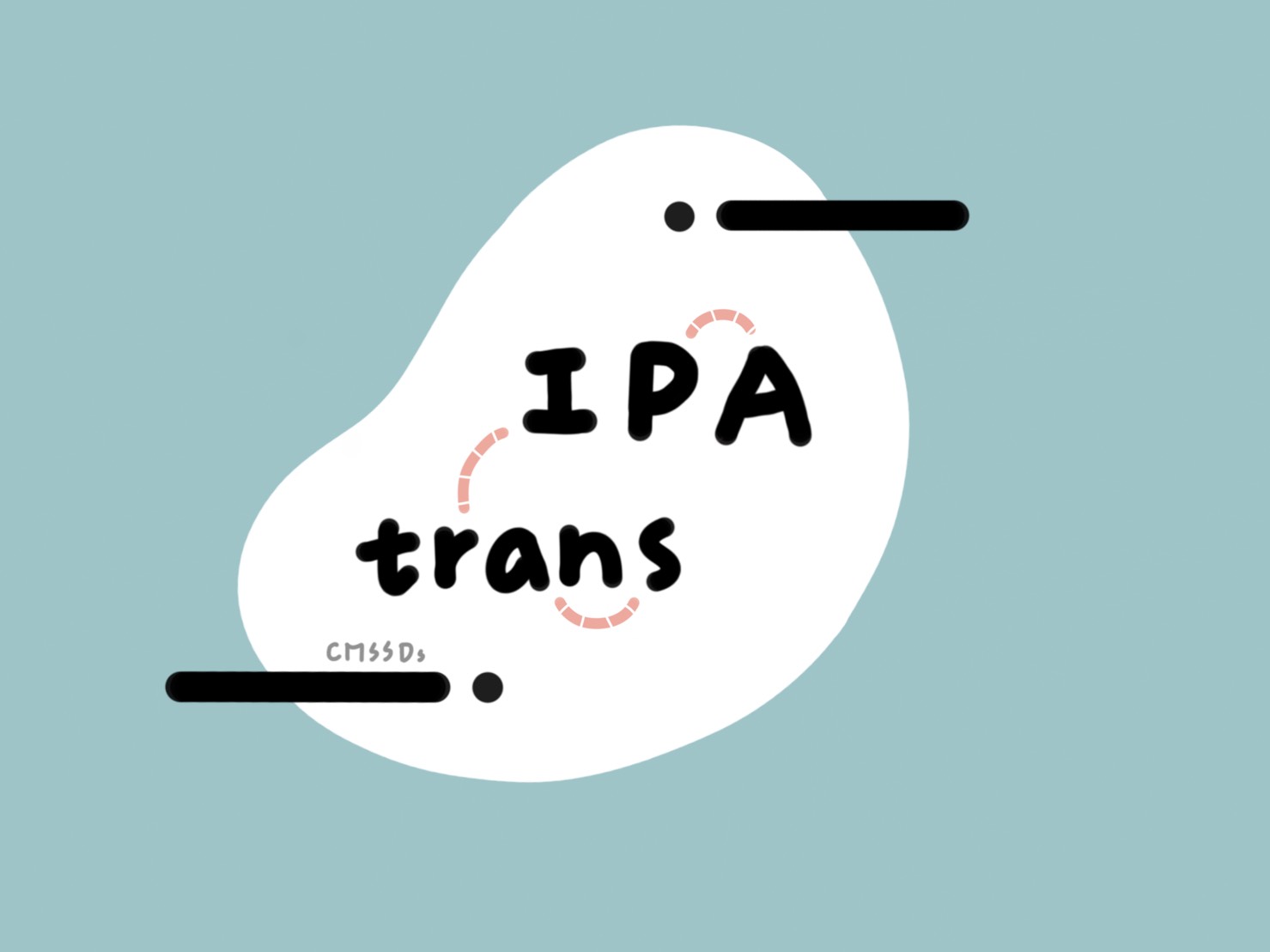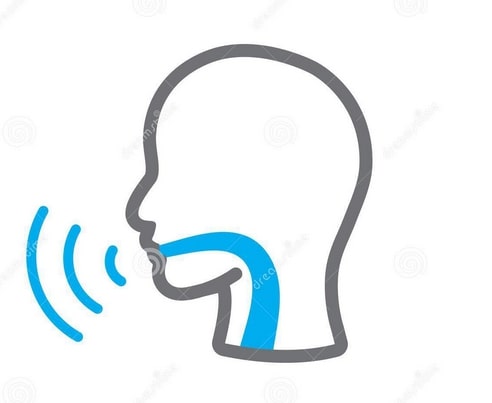Transcription of Disordered Speech Sounds
Transcription skills are essential for speech-language pathologists (SLPs). These skills help identify and transcribe error sounds, analyze the severity of speech sound disorders, and develop effective treatment plans. Ipatrans, a cloud-based teaching system for SLT students, supports teaching activities focused on transcription and sound identification.



